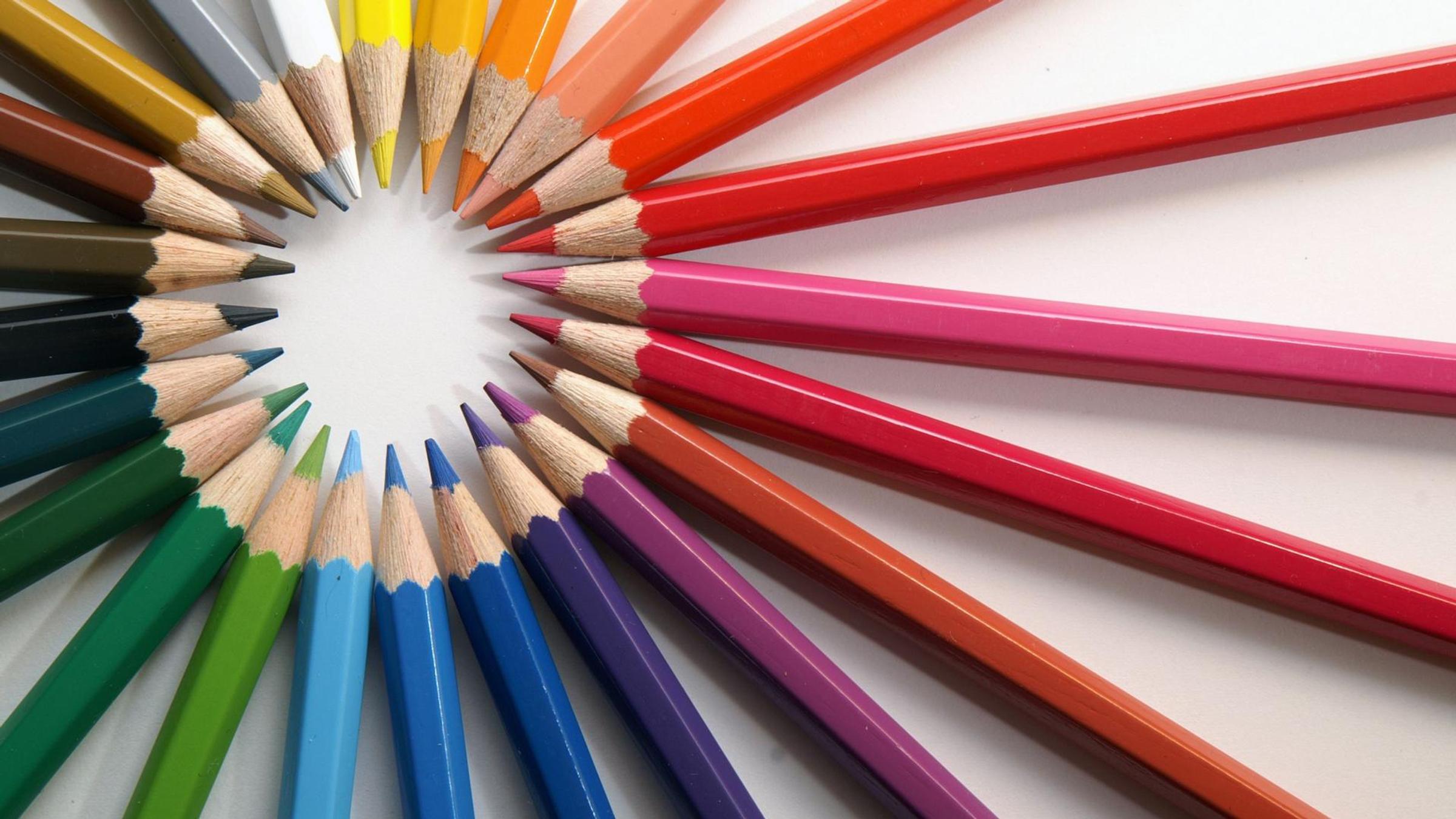Classroom News
Grade 3 & 4

Classroom News
Grade 3 & 4
We have had such an excellent term and want to wish all our Level 3/4 families a very happy and relaxing Easter break.
Next term, Level 3 & 4 students will be learning about landforms – what and where landforms are, how weathering and erosion shape landforms and how we can reduce our impact on landforms. What is a landform I hear you ask? A landform may be defined as an individual surface feature of the earth identified by its shape. Examples include dunes, canyons, waterfalls, beaches, hills, lakes, caves and deserts.
It is possible that you may travel to a landform these holidays. Perhaps you are going to the beach, perhaps you are walking along the Mullum Mullum track, perhaps you are crossing the Yarra River or perhaps you are bike riding in Westerfolds Park? At BPS we always talk about the importance of connections, it will benefit your child’s learning next term is they begin to see and think about landforms in the world around them. To encourage them, please take photos of these landforms and collects maps of the places you visit or travel to. We will use these in Integrated Studies, Maths, Reading and Writing next term. If you are feeling brave, you and your child might even like to start thinking about how these landforms were formed – do you think they were made by natural processes (such as weathering and erosion), extreme events (such as floods) or has the landscape been altered by humans? The Parks Victoria website (https://www.parks.vic.gov.au/) and YouTube Channel (https://www.youtube.com/user/ParksVictoria) are great starting points to explore Victoria’s landforms. Landforms can be found close to home, Blackburn Lake and Ruffey Lake Park are just two nearby places where you can discover a range of landforms. Did you know there was an abandoned stone quarry at Ruffey Lake Park?